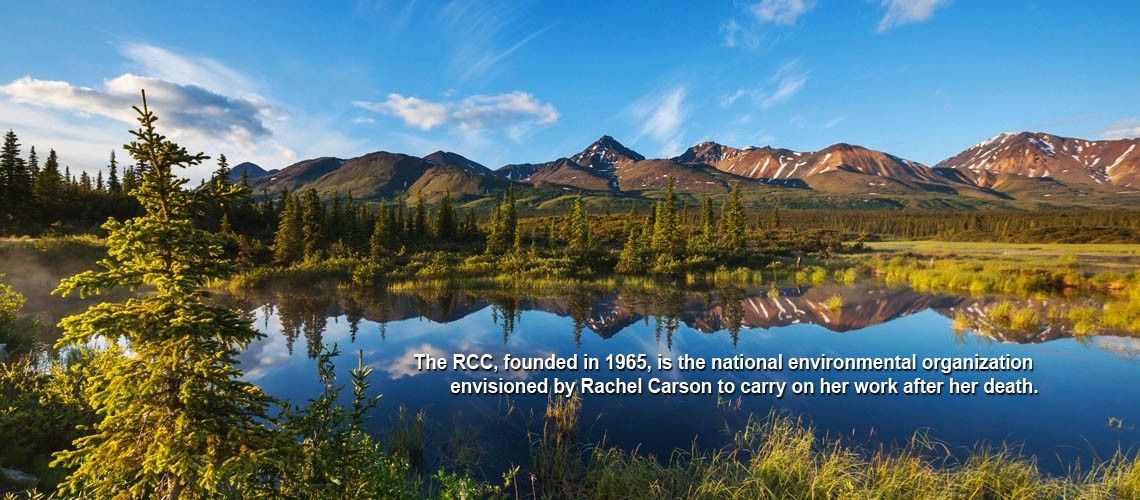
These projects would increase greenhouse gas pollution by 86 million tons a year, as much as 19 coal-fired power plants.Ĭommunity Engagement: Giving Citizens a VoiceĮIP works on the ground with grass roots organizations and communities to raise awareness about the health and environmental impacts of the oil and gas industry and to provide citizens with the tools they need to participate fully in the public process when it comes to oil and gas expansion projects. The groups are calling for regulations to stop oil and gas companies from disposing and handling drilling and fracking wastes in ways that threaten public health and the environment.įebruary 2016: EIP report finds that low gas prices from fracking has sparked proposals for 44 petrochemical projects in 2015. May 2016: EIP and allies sue EPA over dangerous drilling and fracking waste. EPA took action as a result of a 2012 settlement in a lawsuit filed by EIP and Earthjustice. September 2015: EPA issues new air standards restricting the pollution oil refineries can emit and reducing the health risk millions of Americans face from breathing toxic air.

EIP works to reduce these releases and protect communities by pushing federal and state authorities for tighter regulation of air pollution from oil and gas facilities and stronger controls of oil and gas wastes investigating and bringing lawsuits against facilities for illegal releases to the air, rivers, and drinking water and representing and working with neighbors to protect against unwanted, large-scale processing, distribution, and petrochemical plants that could destroy their community’s quality of life. The oil and gas industry produces vast amounts of toxic air and water pollution and is the largest source of greenhouse gas emissions in the United States. Stricter Standards and Tougher Enforcement Sunshine: Accurate Accounting, Transparency, and Reporting of Pollution.Stricter Standards and Tougher Enforcement.

Our work focuses on the following three key areas: Tackling emissions from these industries is necessary if we are going to have any hope of averting a climate disaster and achieving the United States’ carbon dioxide emission reduction goals in the coming decades.ĮIP strives to reduce toxic releases and greenhouse gas emissions from this industry through a mix of advocacy, regulatory work, and strategic litigation. Oil and gas production, processing, refineries, and petrochemical plants are also some of the largest sources of industrial greenhouse gases in the nation, behind only coal-fired power plants. Further, there is a clear link between the volatile organic compounds and nitrogen oxide emissions released by oil and gas facilities and smog formation, the main culprit behind increased asthma in the young and elderly, associated hospitalizations, and missed days at school and work. The price of this pollution weighs most heavily on rural, low-income, and minority communities in the form of increased exposure to toxic chemicals and related health risks such as cancer, neurological disease, and many other serious health complications. The climate-changing effects from the industry’s substantial releases of methane, a greenhouse gas far more potent than carbon dioxide, and the environmental and human-health effects of the industry’s releases of toxic chemicals and wastes to our air, rivers, drinking water, and land. This fracking-driven boom has resulted in two key types of impacts.

The advent of hydraulic fracturing (or “fracking”) has allowed oil and gas companies to access large stores of oil and gas that previously were locked in shale rock formations. The oil and gas industry has grown dramatically over the last decade.


 0 kommentar(er)
0 kommentar(er)
